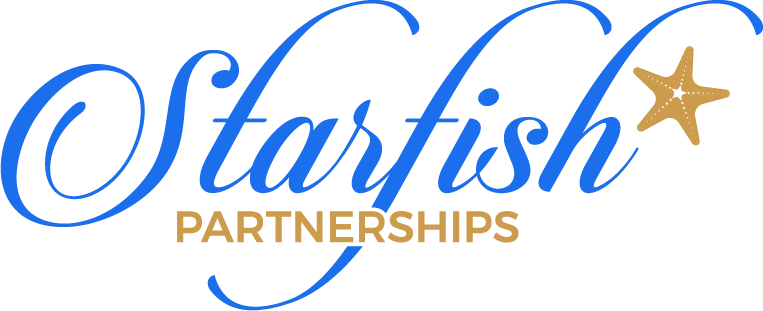CliftonStrengths - What Is It, Principles Behind It, Research That Backs It, How to Use It and Why it Works!
Imagine if every person on your team knew exactly what they did best — and leaned into it every day.
No more guessing at what motivates people, no more wondering why one teammate thrives in chaos while another needs structure to do their best work. That’s the power of CliftonStrengths. And it’s not a passing fad — it’s backed by decades of research and used by millions of people around the world.
WHAT IS CLIFTONSTRENGTHS?
- Developed by Gallup after studying human performance for over 50 years.
- Based on the belief that people succeed when they focus on what they naturally do best, rather than trying to “fix” weaknesses.
- Measures 34 natural talent themes, ranked in order for each individual.
- Top 5 or Full 34 reports give insight into how a person thinks, feels, and behaves at their best.
Example: If you’ve ever had a teammate who can walk into a room and connect with anyone instantly — that’s a talent theme called Woo in action.
THE PRINCIPLES BEHIND IT
1. Everyone has talents. We all have natural patterns of thought, feeling, and behavior that can be productively applied.
2. You grow most where you’re already strong. Time spent developing strengths produces far greater results than time spent trying to improve weaknesses.
3. Talents become strengths through investment. Raw talent becomes a true strength when combined with skills, knowledge, and practice.
4. Teams are stronger when they know and value each other’s strengths. This awareness improves communication, collaboration, and conflict resolution.
THE RESEARCH THAT BACKS IT
- Gallup has studied over 2.7 million workplace teams and interviewed over 20 million employees in its decades of research.
- Organizations that focus on strengths see:
- Higher engagement (up to 23% increase)
- Lower turnover (up to 72% less turnover in high-turnover organizations)
- Better performance (teams are 12.5% more productive)
- Used globally in corporations, nonprofits, schools, and communities.
HOW TO USE CLIFTONSTRENGTHS ON A TEAM
1. Share Your Results – Have each team member share their Top 5 and a short example of how they use one strength in their work.
2. Spot Strengths in Action – Encourage people to notice and name strengths they see in others.
3. Partner Strategically – Pair people whose strengths complement each other for projects.
4. Mind the Gaps – Notice which strengths aren’t represented on your team and plan around them.
5. Use Strengths in Meetings – Assign roles (note-taker, idea generator, process keeper) that match strengths.
WHY IT WORKS FOR TEAMS
- Improves self-awareness and mutual respect.
- Gives language to talk about differences without judgment.
- Makes delegation and collaboration more intentional.
- Reduces friction by turning “quirks” into valued contributions.
YOUR CALL TO ACTION
CliftonStrengths isn’t about labeling people — it’s about unlocking potential.
When you know what you do best, you can contribute more, communicate better, and collaborate in ways that make the whole team stronger.
Want to see your team’s strengths in action? Let’s talk about a team session that not only identifies your strengths but gives you practical tools to use them every day.
